The Power of Laughter in Corporate Culture
Laughter is a stress remedy, a corporate misery relief that enlivens company culture – why isn’t there more of it in the workplace? Typically, work isn’t a hilarious concept, nor is it remotely funny in practice.
It’s no joke either, that the presence of workplace humour can represent the psychological safety needed to build high-performing teams, but it may also signify the opposite (humour and harmful banter are often tightly entwined).
How do we build the kind of setting that enables positive humour, and why is it important to laugh at work anyway? Here is an ironically humourless article with the answers.
1. Childlike Curiosity
Innovation is born out of idea sharing. There’s a misconception about work being the one place you need to be deadly serious, and while seriousness has its place, it’s not the best at creating exciting and engaging environments, especially when curiosity needs to lead the charge.
Childlike curiosity is essential in high-growth, innovation-driven workplaces. A lack of humour can lead to a wavering love for learning, a factor that greatly inhibits curiosity. Laughter is vital in a child’s development, it helps them understand concepts, understand the link between logic and the abstract, and according to a study in Psychology Today, enhances motivation and perception.
Why should the workplace (one that claims to thrive on personal development) be any different?
2. Psychological Safety
Research from Google identified psychological safety as the most important dynamic for an effective team. When your people have the space to share ideas without fear of being judged or humiliated, it’s easier to establish a culture that thrives on innovation.
Humour can be a wonderful way to build psychological safety, provided it’s not used as a deflection tool or armour to protect against vulnerability. Leaders can use humour to lift people up, not to criticize or mask negative feedback. Adaptive humour in a psychologically safe environment is often a key pillar of seamless idea-sharing.
3. Release the Hormones
Laughter releases endorphins, the body’s natural ‘feel good’ hormones. As our biological stressbusters, there’s a distinct link between these hormones and greater productivity, making the business case for laughter tough to ignore.
Humour tends to work best when you encourage authenticity – it inspires people to be more open and honest, essential ingredients in the recipe for a happier and more productive workplace.
4. A Humanised Workplace
In a digital, disposable era of remote meetings and siloed teams, it’s easy to lose sight of the human element in the modern workday. Humour is humanising, endearing, natural, relatable, and collaborative.
It works both internally and externally too. If your brand image captures a sense of your humour, you highlight an aspect of dynamism that differentiates you from just another cookie-cutter transaction.
5. Getting Humour Right
Whether or not humour lands is dependent on the audience. Emotional intelligence has a critical part to play in getting humour right, avoiding teasing & banter, and knowing when and when not to make a joke.
Laughter is a sign of trust, and it can take a while to build that sense of trust (but less than a second to break it). Plus, if people aren’t laughing, it’s probably not because they lack a sense of humour. We’ve likely all suffered the soul-numbing presence of a painfully unfunny joke-dropping fun sponge at some point – sometimes it’s better to err on the side of moderation when it comes to humour.
Jokes that benefit from someone else’s expense should never make it to the workplace – it’s important to laugh with, not at, your audience. It’s worth knowing that you can’t be sure of what’s hurtful or triggering for others, so make sure to prioritise kindness over the sake of a quick laugh.
It can be incredibly difficult to get it right at work, particularly if you’re attempting to take your culture in a new direction. Framing humour as a tool to build and maintain relationships (rather than divide your team) can help you keep sight of how it’s used.
How We Can Help
A custom-made solution is the only way to go if you’re hoping to make cultural changes (or changes of any kind), but this is close to impossible if you don’t know where to start.
Sometimes, leveraging an outside perspective is best. At Trinnovo Consulting, we can help you root out even the most well-hidden challenges. If you need support with your cultural transformation, reach out to me today at abi.chamberlain@trinnovo.com, we’re here to help you navigate the pitfalls of business change.

